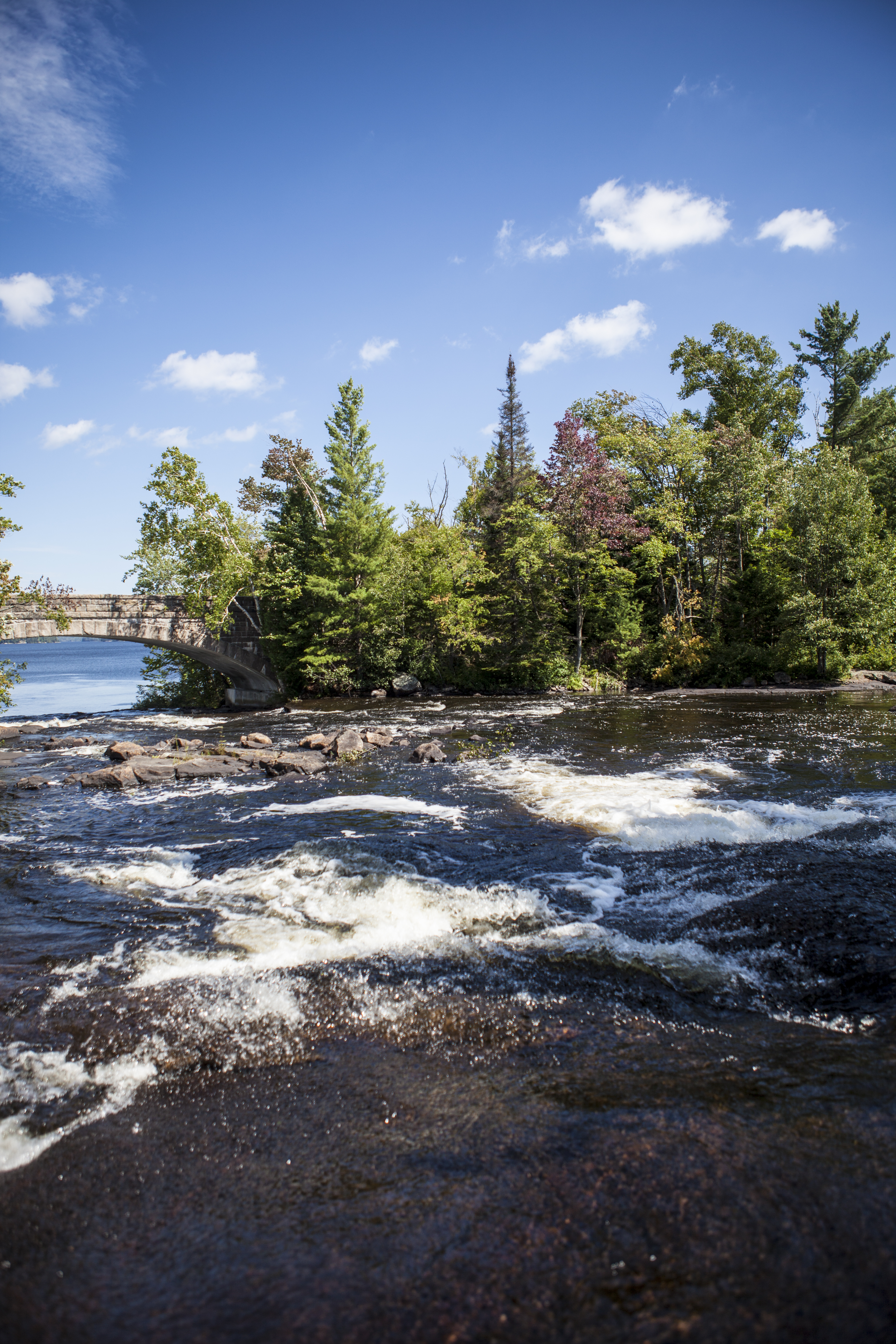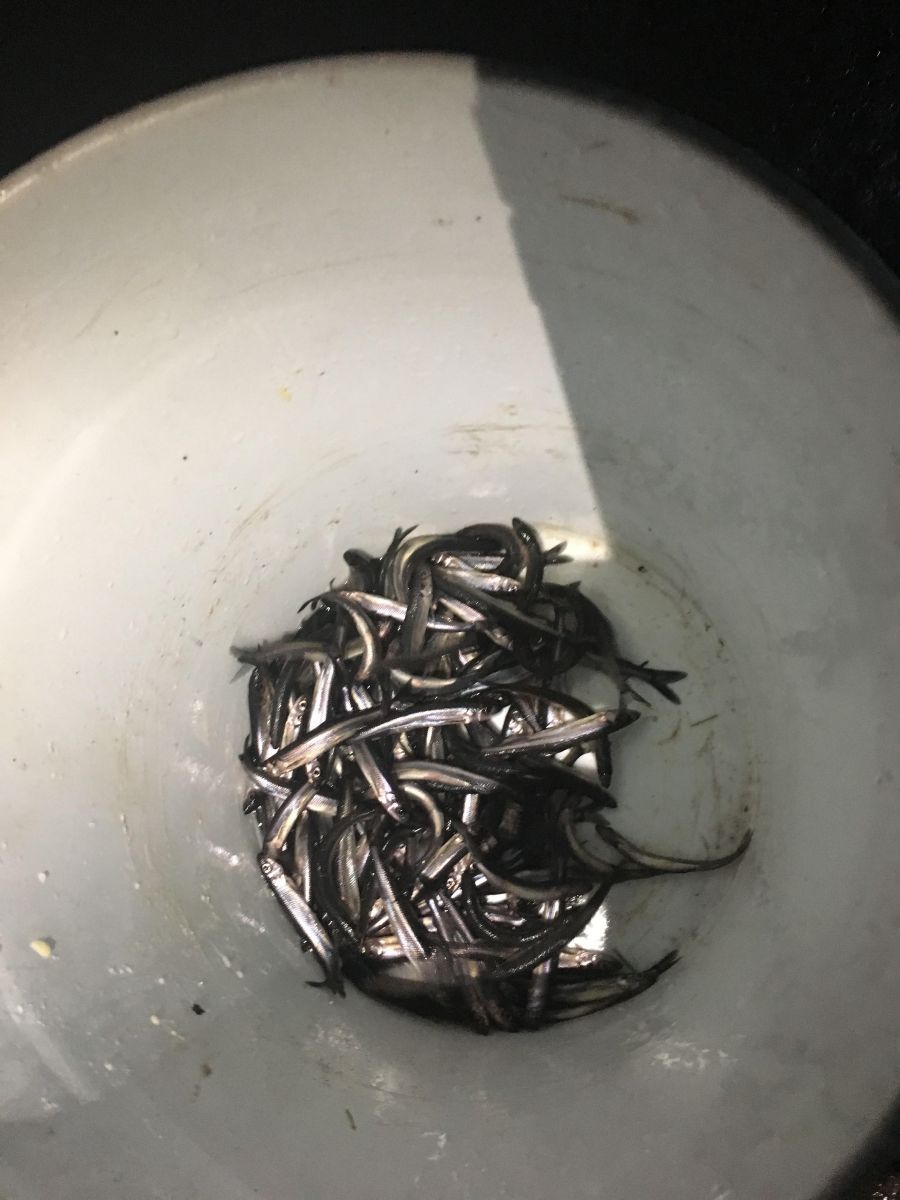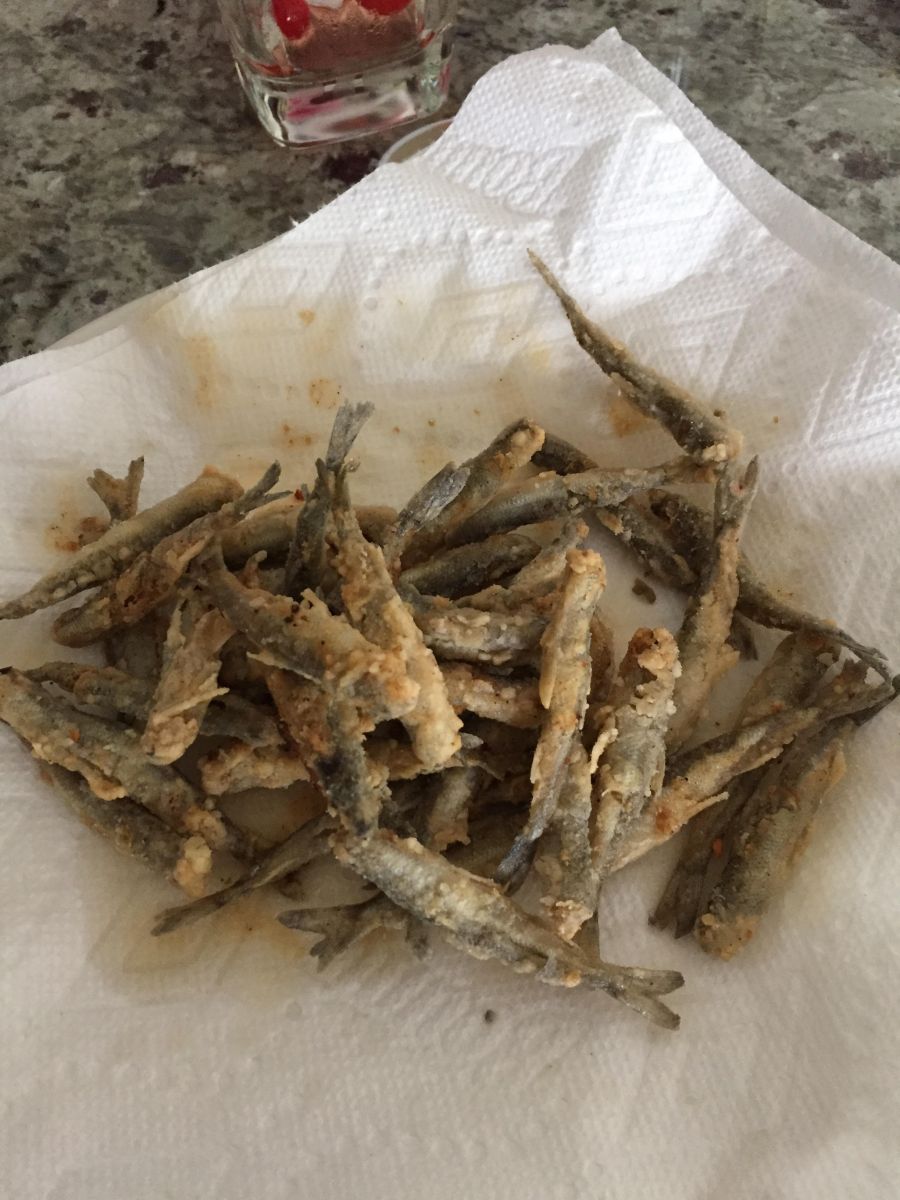
Even Smelting
A new-to-me adventure
As spring looms closer, I can't wait to repeat a new adventure that was introduced to me just last year. I remember vividly the confusion I felt when a group of my friends invited me to go smelting. (Smelting? Is that even a word!?) Not knowing anything about it — or ever even having heard about it — I asked what it entailed. They described it to me as, “Catching tiny fish.” The response didn’t sound too out of this world so I decided to go.
So, on a Friday night around 10 p.m., we took off for Bog River Falls donning our rubber boots and rain coats, with all of our nets, buckets, and gear loaded in the back of the truck. When we arrived at the bog I was shocked to see the amount of cars and trucks lining the road.
Getting out of the car I started talking to people that I knew were not from the area. Surprising to me, people travel from all over to smelt at Bog River Falls. In the Adirondack Mountains there are only a couple places where you can legally smelt; one is our very own Bog River Falls, and other locations include Indian Lake and Raquette Lake. I have lived here my whole life and haven't even heard of the word Smelt. I guess the saying is true — you learn something new everyday.
We started down the path to the right hand side of the falls — on the opposite side of the bridge, because this is where the smelting is best. It is easiest to catch them at the bottom of the falls after they run down. They come to the falls in the spring to spawn, and they only run for a couple weeks. They run really heavily for about four to five days, and lighter after that. There is no set time of the spring when they will start running; you have to go up to the bog to check if they are running or not.
At times we could stick the net in and come up with a net full of smelt. Other times, we'd come up with nothing. It was very important to keep the area dark and have no flashlights on because smelt are super sensitive to light. You may run into a problem like I did — at first I was constantly getting hit with the long poles from the nets. In the dark, with ten to fifteen people piled onto one rock, the telescopic poles are coming from all directions. I learned quickly to stand still and out of the way of the people fishing, unless you want to get hit with the poles.

Why Smelt?
I asked this question as we were filling our large buckets. What do you do with all of these smelt? You can eat them I was told — they are best when battered and deep fried. We fried a couple and tasted them. They were not too bad, and reminded me of fish sticks from when I was little.
Before we could cook them and eat them, they had to be cleaned. The cleaning is easy, but very time consuming. They are so small that you generally end up cooking a large batch for eating — if this is the case, you could find yourself cleaning smelt for hours on end. You start by cutting the heads off, and then running your fingers from the tail up to get all of the insides out. This was not something I wanted to take part in, or watch, so I stayed out of the kitchen. If it is your first time eating smelt, I recommend you do not watch the cleaning process. It may make biting into them a bit harder.
Pro tip: When I was talking to my grandfather about smelting, he said years ago they used a tooth brush to run up the body of the smelt; it made cleaning much easier.
The fish in our lakes, especially walleyes, eat pretty well in the spring and they feed on the smelt. This attributes to the fact that we have some of the largest fish, and some of the most difficult fishing in the Adirondacks. When smelting, you may dip your net and come up with a walleye in it if you get lucky enough to catch one feeding. They know where the smelt run, and can usually be found in the same areas.

What To Pack
First and foremost, keep in mind this time of year the water is very chilly.
- Wearing rubber boots is a must. You are generally standing on a rock or in the water, with your whole boot submerged.
- Waders are also a good idea if you want to walk right into the water and get fully submerged.
- Wear a rain coat — unless you want to get soaked from the water spraying off the falls.
- Even though they are frowned upon near the water, and the fish don’t like them, you should bring a flashlight to help get you down the pitch black trail and for emergencies.
- Nets with telescopic poles are nice so you can reach farther out into the water.
- Of course, don't forget a bucket to put all the smelt in that you catch.
*You will need your fishing license on you and you need to be up to date with the latest rules and regulations.
Before planning your trip to smelt, check out lodging and dining options and turn the smelting trip into an extended vacation!
